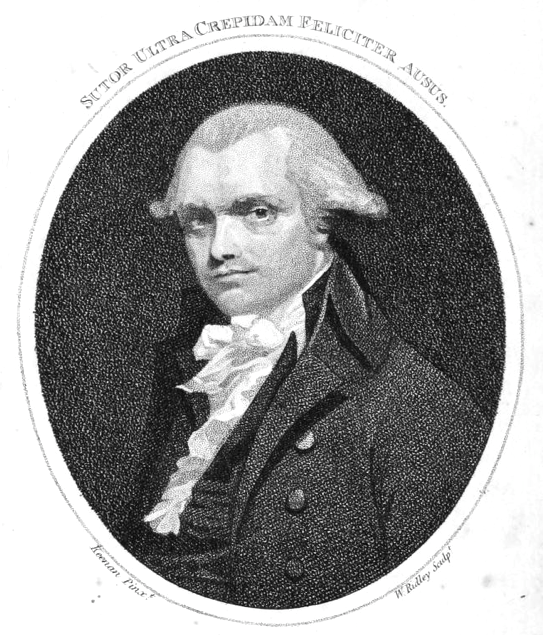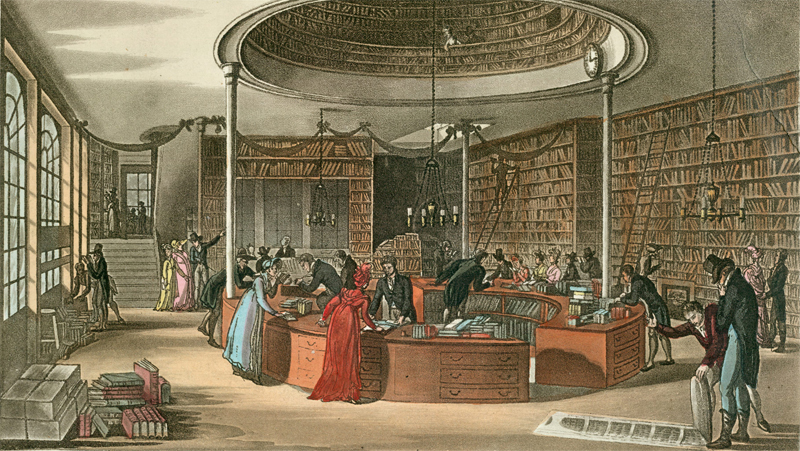Not many people know about the link between shoes and the sale of books. Shoes have been made, sold and mended for thousands of years. Books have been sold since writers started writing them, especially after the invention of the printing press. Cambridge University bookshop, for example, is said to date back to 1581.

But bookshops as we now know them did not come into existence until exactly 250 years ago when, in April 1774, James Lackington opened his first bookshop in London. Lackington was the son of an alcoholic West country (UK) cobbler (I told you there was a shoe connection) who impoverished his family to the extent that the young Lackington was apprenticed to a pie maker at the tender age of 10, so there was one less mouth to feed at home. Here he proved to be a very successful salesman in the making, his sale of pies on the street corner outstipping his master’s ability to cook enough of them.
At the age of 14 he was apprenticed to a cobbler in Taunton, where he taught himself to read, developed his love of books, and spent all his money building up a collection of his own. When he married in 1770 he confessed to his wife that he had no savings, only a large collection of books. For many years Lackington made very little money as a jobbing cobbler and moved to London to try, unsuccessfully at first, to improve his income.
He was saved from poverty by a timely legacy left to him by his grandfather. This was enough for him to rent his own premises where he decided to combine mending shoes and selling books. Initially he sold his own collection, and several ecclesiastical books he had managed to pick up cheaply. He was so successful that within a year he abandoned cobbling and moved to larger premises to sell books. In so doing he opened the kind of bookshop we are still familiar with.
So, what was his unique selling point that made him so successful? In part he was lucky with his timing; in the late eighteenth century more and more people could read, had more leisure time, and more disposable income. Hence there was a pool of potential customers that were not currently being catered for. Lackington, remembering his own money troubles, deliberately sold his books as cheaply as he could, encouraged people to come in and browse, and only to buy one when they had the money to do so.
Previously, books had been for the well-off, who tended to run up credit (and be somewhat dilatory at paying their bills, often leaving poorer shopkeepers to go into bankruptcy). By keeping prices down, but insisting that people paid for any book before they took it out of the shop, he did not have a cash-flow problem so was able to re-stock with a constant supply of new books. He would also buy ‘remaindered’ stock from the posh booksellers (which they would otherwise burn to maintain their high prices) and sell them in his own shop for knock-down prices. He also invented book tokens that could be purchased in-store as a gift, and redeemed later.

His methods were so successful, that in 1794, he opened what was then the biggest book shop in the world (see picture above), complete with sofas in quiet areas where people could sit and read before making a purchase. The poet John Keats was among his regular customers and, indeed, met his first publisher in one of the shop’s lounges.
By the mid-1790s his annual catalogue ran to over 500,000 books and journals, he exported books to America as well as around the UK and Europe, and he had become a very wealthy man. He retired back to the West Country in 1798 to become a Methodist preacher (and read more books) until his death in 1815.
Lackington was no doubt quite an eccentric gentleman. But he was also a bibliophile and a business man, who understood both commerce and human nature. And the importance of books in people’s lives.
Links to my books and social media
You can find all my books and short stories on Amazon books, At least one story always free. ALL BOOKS FREE ON KINDLE UNLIMITED
